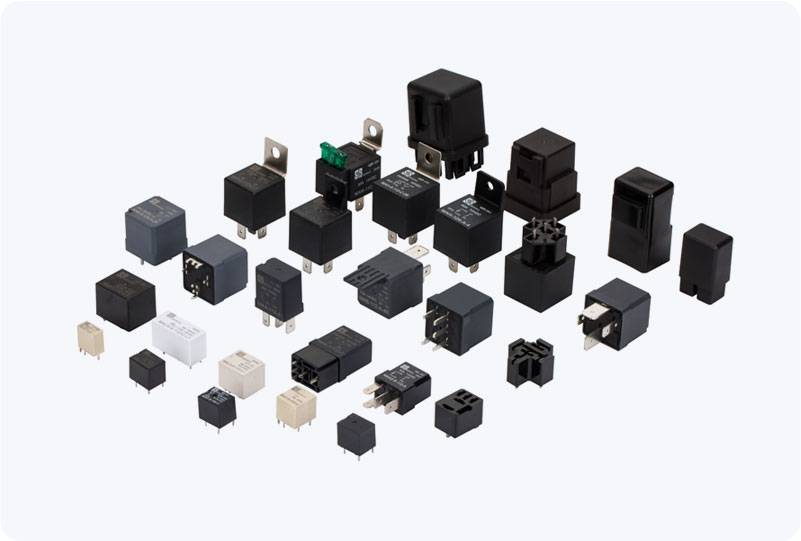A Low Voltage DC Relay is a crucial electrical component that plays a significant role in controlling electrical circuits, particularly in low-voltage systems. Operating typically at 12V or 24V DC, these relays are used to switch higher power circuits, making them indispensable in applications ranging from automotive systems to industrial machinery. In this article, we will explore the working principle, key features, and common applications of Low Voltage DC Relays, highlighting why they are integral to modern electrical engineering.

What is a Low Voltage DC Relay? At its core, a Low Voltage DC Relay is an electromagnetic switch that allows low-voltage DC signals to control the switching of higher-voltage or higher-current circuits. It consists of a coil, an armature, and one or more sets of contacts. When current flows through the coil, it generates a magnetic field that moves the armature, which, in turn, causes the contacts to either open or close, depending on the design of the relay. This process allows the relay to control a much larger electrical load with a small, manageable DC voltage. How Does a Low Voltage DC Relay Work?